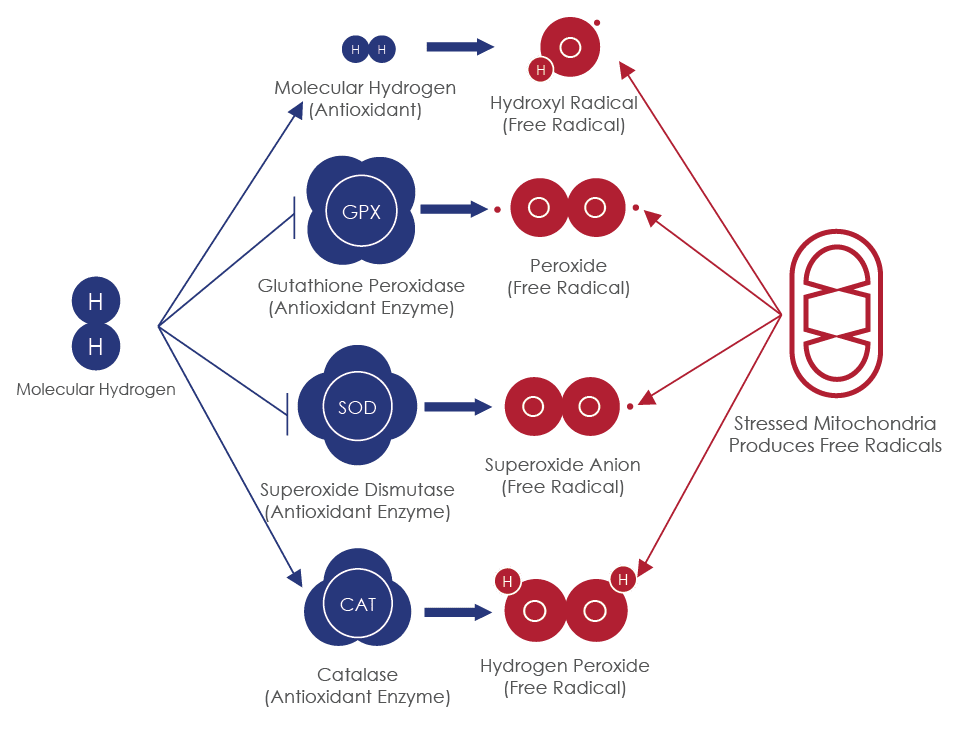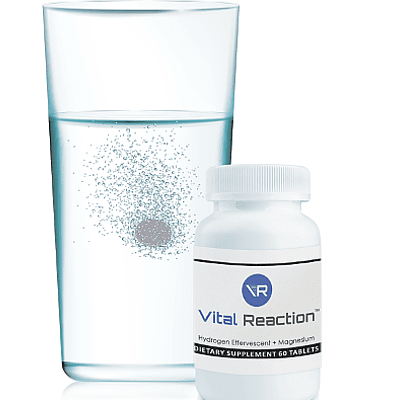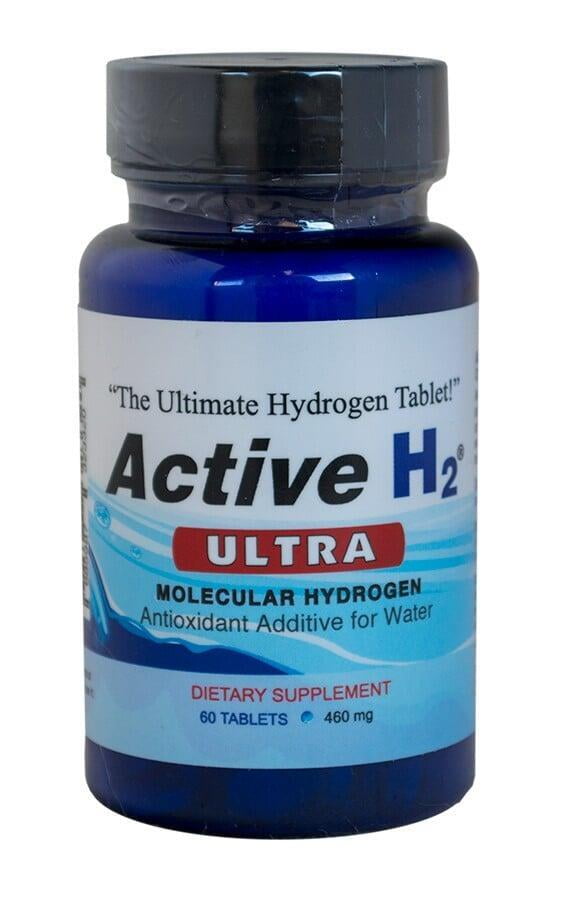Reports of COV2 mortality rates on ventilators upwards of 80%
The way we are using artificial resuscitation isn't working. Typical procedures are tending toward high pressure of high-concentration oxygen, and large volume tidal (breath) rates, and it's not saving enough lives to be worth using..
Excess oxygen causes oxidative stress. Oxidative stress leads to cell death.
High pressures cause the individual to "choke," and so the individual must be sedated (put in a temporary coma) so as not to fight the pressures reflexively.
There are better ways to deliver breathable gasses that can benefit tissue and speed recovery from viral infection. This is not medical advice, and in no way constitutes a "protocol," but I just wanted to mention that there are other options for adjunctive and supportive care.
I'm going to introduce you now to HYDROGEN inhalation. I'll jump right to the conclusion: that I believe we should be mixing the gasses in ventilators more effectively, and should consider adding molecular hydrogen in the form of Hydroxy (HHO) gas.
(I would also consider Nitrogen in the form of NO and Carbon in the form of CO2 - but I'll save that for another discussion)
Molecular Hydrogen Gas Comes (Typically) In Two Forms: H2 Gas and HHO Gas
H2 gas is what you'd get in a tank from medical supply.
HHO Gas is produced by electrolysis.
When you read reports of Hydrogen Gas inhalation being used as an adjunct to Oxygen inhalation in many Asian countries, what you are reading about is HHO Gas, aka Ionized-Electrolysed Water. Electrolysed means: split by electricity. As simply as I can explain it: using a power transformer to increase voltage, we the electricity it to oppositely charged metal plates in water which begin to bubble-out Hydrogen and Oxygen Gas. It looks as if the metal plates are boiling, and they do get hot, but the gasses that escape are not just water vapor...the water has been split apart.
I think we call it Hydrogen inhalation so as not to offend "any powers that be." I believe one reason HHO Gas is such a touchy subject is because it can be used for a number of very "disruptive" applications that could possibly upend the worldwide balance of economic power and energy generation. I believe the other reason there is such caution using molecular hydrogen is because it can be harmful if misused used in very high concentrations. The electrolysis devices they're using in Asia are separating the "O" from the "HH," but the process is very similar to the "water for fuel" torches you might have seen.
For historical context of the ionizer market, there is a Japanese "ENAGIC" brand that has produced water ionizers to create drinking water for the past 20 or so years. The effect of switching from tap water to "Kangen Water" is so positive and safe that there are countless knock-off devices sold around the world. One term for this drinking water is ERW: electrolysed-reduced-water. Knock-offs are some of the best evidence that something works really well, yet on a principle that is easily comprehensible. I still believe that ENAGIC machines are superior for a few reasons, including their use of solid platinum-coated metal plates and utilizing continuous high-power to ionize the water.
More recently the ionizer market has matured and progressed to include using this technology for inhalation and insufflation (to blow the gas on, or fill a bag around an area). Some provide mixed HHO gas and others separate the H and O, providing as much 99% pure Hydrogen gas (which is not necessarily an advantage). I know of only a few companies in the United States that are selling legitimate and licensed devices for this use, one of which is in Colorado, called Vital-Reaction. I would caution you against thinking "more is better" when it comes to molecular hydrogen, and would direct you to their "Safety" page in the menu.
There is another way to create free hydrogen gas in drinking water using magnesium as a catalyst. I know of one company that makes a drinking water device for the counter or home that utilizes a mineral catalyst after the filtration process, when I'm comfortable with their business I'll share the name. I also am very familiar with a mineral tablet-H2 product that is commonly white-labeled, but for the most part made by one company, called H2-Elite. I have links at the bottom where you an get these products. This tablet should create about 10% H2 gas dissolved in a cup of water that you can then apply/drink. It's not as potent as an inhalation but it does come with studies behind it showing rapid and complete absorption of what H2 gas is in it. (and, I'm not opposed to getting a little supplemental magnesium salt). The one other company that makes H2 tablets is Vital Reaction, and there's a letter from their medical director below.
I've used HHO gas in my clinic with uncanny success until...
I burned out my (cheap) device by leaving it on for too long. The very corrosive alkaline salt solution escaped the chamber. I was using a device that I had repurposed. It gave me a serious scare, and I told myself I should pause on HHO therapy in the clinic until I could learn some more, study some more, overcome my fear again, and then invest in a more reliable device. Thankfully, nobody was exposed, no harm was done, and I had a good learning experience. I regret that I had to stop using HHO for a while because in the short time I was using it I saw some uncanny, yet very positive, results. Probably most remarkable were bagging limbs with it: one patient with hives all over her leg from a bee-sting, and another with persistent tendinitis of the ITB (lateral tendon that stretches from knee-hip). Suffice to say the effect was complete and rapid resolution, without recurrence, of signs and symptoms. I would not dare repeat the method I was using, or even hint at it - lest you get ideas about trying it yourself - but would instead defer to some of the more sophisticated medical devices that are coming to market. It's a looong discussion for another day.
I'm still open to people using Hydrogen
It's a wild world of natural therapeutics, and some of the things we encounter weren't covered (specifically) in med school. We have to go out on a limb sometimes, do our homework, and - I strongly believe - we gain firsthand personal experience about it before we "try" it on anyone else. From what I understand, molecular hydrogen is safe and can be beneficial when used properly. Along the course of my COV2 recovery I have used Hydrogen Tablets sparingly, but from this day forward, after the email I've been waiting for (below) I'll be more forthcoming about H2. I'm not opposed to someone using alkalized ENAGIC-style hydrogen water, tablets, or certified inhalation devices.
Letter from Dr. Adam Trainor, an expert in Molecular Hydrogen, Medical Director of Vital Reaction (my emphasis added as BOLD)
Molecular Hydrogren [sic] and Coronavirus- A Perspective
Hi there-
I hope this email finds you well during these difficult times.
With a respiratory pandemic sweeping the globe, I am frequently asked, what role (if any?) could molecular hydrogen therapy play in the prevention or treatment of COVID19?
The honest truth is that no one knows. The majority of clinical trials looking at the effects of molecular hydrogen have focused on stroke, neurodegenerative disease, kidney function and exercise physiology, and even these are still early stages, with much more research to be done to determine safety and efficacy.
While many animal and in vitro studies have assessed molecular hydrogen’s role in immunity, the inflammatory process and lung function, it is impossible to make any sort of claims in the absence of large scale trials in humans.
That being said, we can certainly make inferences based on what is known and has been demonstrated, and those inferences should serve as a basis for future clinical research.
In China, where hydrogen therapy has been more widely incorporated into mainstream medicine, hydrogen inhalation therapy is actually being tested as part of a coronavirus protocol, as an adjunctive experimental treatment in critical cases. It is still too early to say whether or not it is showing any promise as an effective therapy.
So what do we know?
Multiple studies in animals and in cell cultures have demonstrated that molecular hydrogen may have wide ranging effects on inflammation and the immune response. In these models molecular hydrogen has been shown to modulate signal transduction across a variety of metabolic pathways, though in many cases the exact mechanisms remain unclear. Broadly speaking it appears that molecular hydrogen may have the capacity to downregulate pro-inflammatory pathways and to up-regulate anti-inflammatory pathways through a variety of mechanisms including activation of the NRF2 pathway.
In regards to immune function, similar models have shown that molecular hydrogen may help to promote a healthy immune response, by modulating the cytokines (cell signalling molecules) that can cause harmful immune responses, and inhibiting unwanted apoptosis (cell death).
It is important to note that just because an experiment shows promise for a new drug or supplement in animal models does not necessarily mean that it will have the same results in humans. Nonetheless, these trials do indicate which directions future clinical research should take.
Next, molecular hydrogen has been shown to function as a selective antioxidant, as well as to upregulate endogenous antioxidant status, including in at least one human trial. Much of the damage done by infections and our immune response is directly due to oxidative stress- damage caused by an excess of free radicals. Antioxidants are molecules that neutralize free radicals, and in theory can ameliorate the extent of this damage. Because molecular hydrogen is selective, it targets only the harmful free radicals, further helping to modulate the immune response.
As the word implies, “oxidative stress” is often caused by exposure to oxygen. While we need oxygen to survive, it’s actually highly toxic to our tissues, so tissues with high exposure to oxygen, like our lungs for example, are susceptible to higher levels of oxidative stress. Animal models suggest that molecular hydrogen may be especially efficacious in protecting lung tissue.
Various animal models have shown that, in mice at least, molecular hydrogen can protect lung tissues from radiation induced damage by preventing oxidative stress. One mouse model even found that hydrogen may protect against cigarette smoke induced COPD. It’s important to note that these are animal models only, and don’t say anything about similar effects in humans, but these results definitely suggest that more research should be done on these fronts.
In the past few weeks you’ve probably read more about ventilators that you had ever imagined you might. These critical life saving devices work by forcing high pressure oxygen into lungs that are no longer able to breathe for themselves. While necessary, intubation and ventilation is not without risk. Forcing high levels of oxygen under high pressure into delicate airways- while life-saving- can cause short and long-term lung damage due to oxidative
stress.
One mouse study demonstrated that molecular hydrogen can actually protect lung tissue from damage due to hyperoxia (excess oxygen). And
another study looking specifically at the problem of mechanical ventilation found that molecular hydrogen ameliorated damage directly due to ventilators in mice.
A recent nationwide study from Harvard showed that there is a direct correlation between exposure to air pollution and the likelihood of developing a severe case of COVID19. This is not surprising, as air pollution can be extremely harmful to lung tissue via the generative of high levels of free radicals. Again, this is a case where the antioxidant activity of molecular hydrogen could be theoretically beneficial. Definitely an area deserving of more study.
In severe and critical cases of COVID19, much of the damage is actually done by the patient's own immune system. In response to the viral threat, the immune system releases a host of cytotoxic measures (including free radicals) in an all out attempt to wipe out the virus. Unfortunately these measures are equally damaging to our own cells, and this can lead to the failure of multiple organs, and even death. This can also occur with an overwhelming bacterial infection, called sepsis. This inflammatory storm, whether due to a viral or bacterial cause is actually a leading cause of death in hospitals. Multiple researchers theorize that due to its potential for immune modulation, molecular hydrogen may be a safe and effective therapy for this immune storm, and may even help to prevent mass organ failure. This theory has yet to be tested, however, but it definitely deserves to be researched.
So in conclusion, we don’t yet know what role molecular hydrogen could play in the treatment of respiratory diseases, but a large number of animal and in vitro studies show promising results, and suggest that larger human trials are warranted to determine safety and efficacy. Hydrogen is a safe and inexpensive therapy that may have the potential to help many people, and is absolutely deserving of further study.
Talk soon,
Dr. Trainor
Copyright © 2020 Vital Reaction, All rights reserved.
You are receiving this email because you opted in via our website.
Our mailing address is:
Vital Reaction
5621 Arapahoe Ave
Boulder, CO 80303-1378
The respiratory distress isn't what we thought it was
The assumption we make when we decide to introduce the ventilator is that there's fluid in the lungs and adding more oxygen at pressure will be helpful. But folks are losing the ability to breathe not merely because the lungs are inflamed. But in the case of COV2, the distress because their blood can't carry nearly as much: COV2 unbinds heme from hemoglobin, the molecule we need to carry gasses (especially Oxygen and Carbon Dioxide) in the blood. They're in distress because the cardio-medullary center isn't giving their lungs the signal to breathe. This is a far more concerning condition. Another term for this is Neurological Hypoventilation. We should also be concerned about clotting factors (platelets) in the blood, and "microthrombi" (mini-platelets).
We can take a natural approach in addition to molecular hydrogen (which protects against microthrombi)
I consider: Homeopathic Camphor, Ferrum-phos (hemolysis) Cell Salt, Magnesium and Potassium Cell Salts, Systemic/Digestive/Cardio Enzymes ("Vascuzyme" and "Arteriozyme " and "Bitters Extra" are formulations available on Wellevate that I reach for), Magnesium/Potassium EDTA suppositories (which stabilizes platelets and binds heavy metals), and Glutathione inhalations and suppositories, although there are a number more approaches that would be synergistic.
In the case of this pandemic, homeopathic CAMPHOR covers this kind of respiratory arrest that is neurological in origin. CAMPHOR also has an effect on bronchial and alveolar dilation, but it is important to note that in overdose cases of CAMPHOR, we see neurological and cardiac distress.



